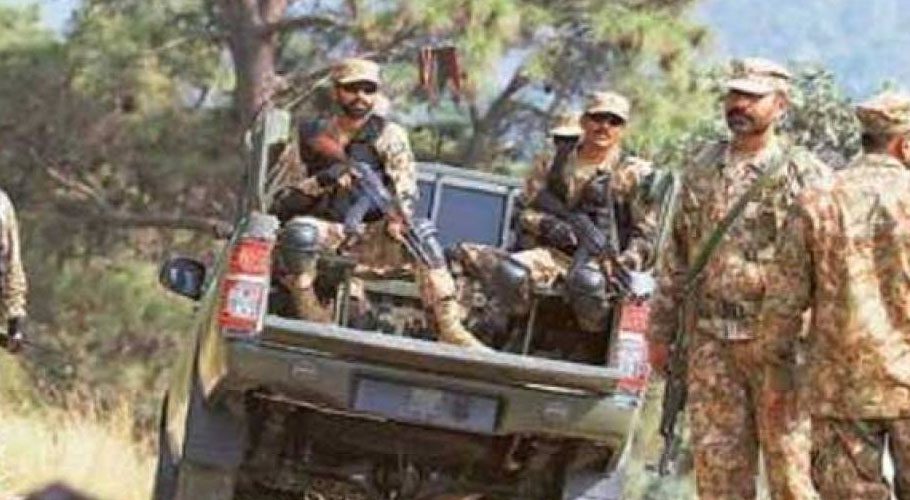It is crucial to understand that Israel facing insecurity is the biggest crisis in its history. Even during the three Arab-Israeli wars, where it faced multiple Muslim countries, Israel remained secure.
Those wars were fought on the territories of Muslim countries, not within Israel’s occupied lands, and they even gave Israel the opportunity to seize more territory. After the last Arab-Israeli war, fought 50 years ago, Israel has not faced a direct military threat from any country.
Instead, it fought three wars, not against nations but against military organizations. During this turbulent period, the stone in the hands of Palestinians became a symbol of resistance, known as the Intifada, marking an era of struggle. In essence, the Palestinian freedom movement experienced a “Stone Age.”
After the “Stone Age” came an era of caves—modern caves in Gaza and southern Lebanon. How ironic is it that after thousands of years of development, humanity has moved from caves to palaces? Similarly, military evolution advanced from stones to sticks, sticks to swords, and swords to missiles.
Yet today, even the most advanced Western military power has no solution to the challenge posed by caves. The combination of modern and ancient warfare, caves, and missiles, was already a significant challenge for Israel. Now, for the first time, a country has proven that no part of Israel is safe.
Just imagine if Iran were to target Israel’s air bases, oil reserves, power grids, and water supply systems? This has now become Israel’s biggest fear. Once, people used to say:
“Such a small country, but so powerful.”
And every Israeli would swell with pride upon hearing this. But today, every Israeli is thinking, “We are such a small country, how easily we could be destroyed.”
What was once a source of pride—being a small country—has now become their greatest curse. Israel is the only country among these aggressive nations that could be completely destroyed without the use of nuclear weapons. Iran has amassed over 3,000 ballistic missiles precisely for this purpose.
Initially, it was said that the October 1st attack was completely thwarted, and Iran was unable to harm Israel. Now, the U.S. is deploying its most modern air defense system, the THAAD. However, this system has never been tested in real combat, so its effectiveness is uncertain. The rule of warfare is that if a weapon’s performance is only known through testing and not real combat, it must be assumed to be 100% effective.
Even if THAAD is considered 100% effective, would it make Israel safe? The U.S. has produced 1,000 THAAD missiles so far, of which 200 have already been used in tests and accidents. Assuming all the remaining 800 are deployed in Israel, and that Iran still possesses 3,000 ballistic missiles, THAAD would only be able to intercept 800 of them. That would leave 2,200 missiles, more than enough to turn Israelis into Europeans once again.
But the issue isn’t just about Israel’s future. There are concerns about Iran’s future as well, because war is never one-sided. Can Iran withstand an Israeli attack? Is every corner of Iran safe? From this perspective, Iran’s first advantage is that it is a much larger country compared to Israel, with a population of nearly 90 million. Much of the country is mountainous, meaning it cannot be easily destroyed without nuclear weapons. The “privilege” of being wiped out without nukes belongs only to Israel.
As previously discussed, Iran has prioritized missiles in its defense strategy, resulting in an extraordinary stockpile. In contrast, Israel has a very limited number of missiles capable of reaching Iran. Why is that? The main reason is that Israel relies heavily on the U.S., which has always prioritized air power in its defense strategy, believing that a strong air force is the key to victory.
Consequently, the U.S. has focused on building various aircraft and equipping them on aircraft carriers. Its large missiles are nuclear, and Israel, being dependent on the U.S., has no choice but to rely on its air force for an attack on Iran.
But this reliance on air power brings its own challenges. The first is that Israeli aircraft would need to use Arab airspace to reach Iran, and Arab countries have already made it clear that they will not allow their airspace to be used for an attack on Iran.
Even if Israel were to use Arab airspace without permission, another challenge arises: Israel’s aircraft would need air-to-air refueling, which can only be provided on a large scale by the U.S. However, at present, the Pentagon has no intention of providing such support. Even if air-to-air refueling were arranged, the tankers themselves would become targets, not only for Iran but also for its proxies.
Let’s assume that refueling happens smoothly, and Israeli aircraft enter Iranian airspace. They would then face a fourth major challenge: the S-400 missile system. The S-400’s effectiveness has been demonstrated in the Ukraine war, where even NATO has not dared to enter Ukrainian airspace, not even as a symbolic gesture.
The S-400, with a range of 400 kilometers, is nearly impossible to evade. Military experts agree that before launching an air force attack in an area protected by the S-400, the system must first be neutralized.
Now, let’s assume Israeli aircraft somehow evade the S-400. They still need to return to Israel, but before they do, Iranian missiles might have already targeted Israeli air bases, hitting just the runways. If that happens, where would Israeli planes land? They wouldn’t be able to go far, with Greece being the only option for landing.
However, reloading and returning from Greece would be impossible. Even landing there would create a crisis for Greece, as Hezbollah has already threatened to target Greece if it supports Israel. So, the air force option is not a simple task; it’s fraught with danger. We’ve discussed just one airstrike scenario. Israel isn’t planning just one strike—it dreams of a full-scale war. If a single airstrike poses such risks, how could Israel’s air force be consistently used in an all-out war? (To be continued)
































